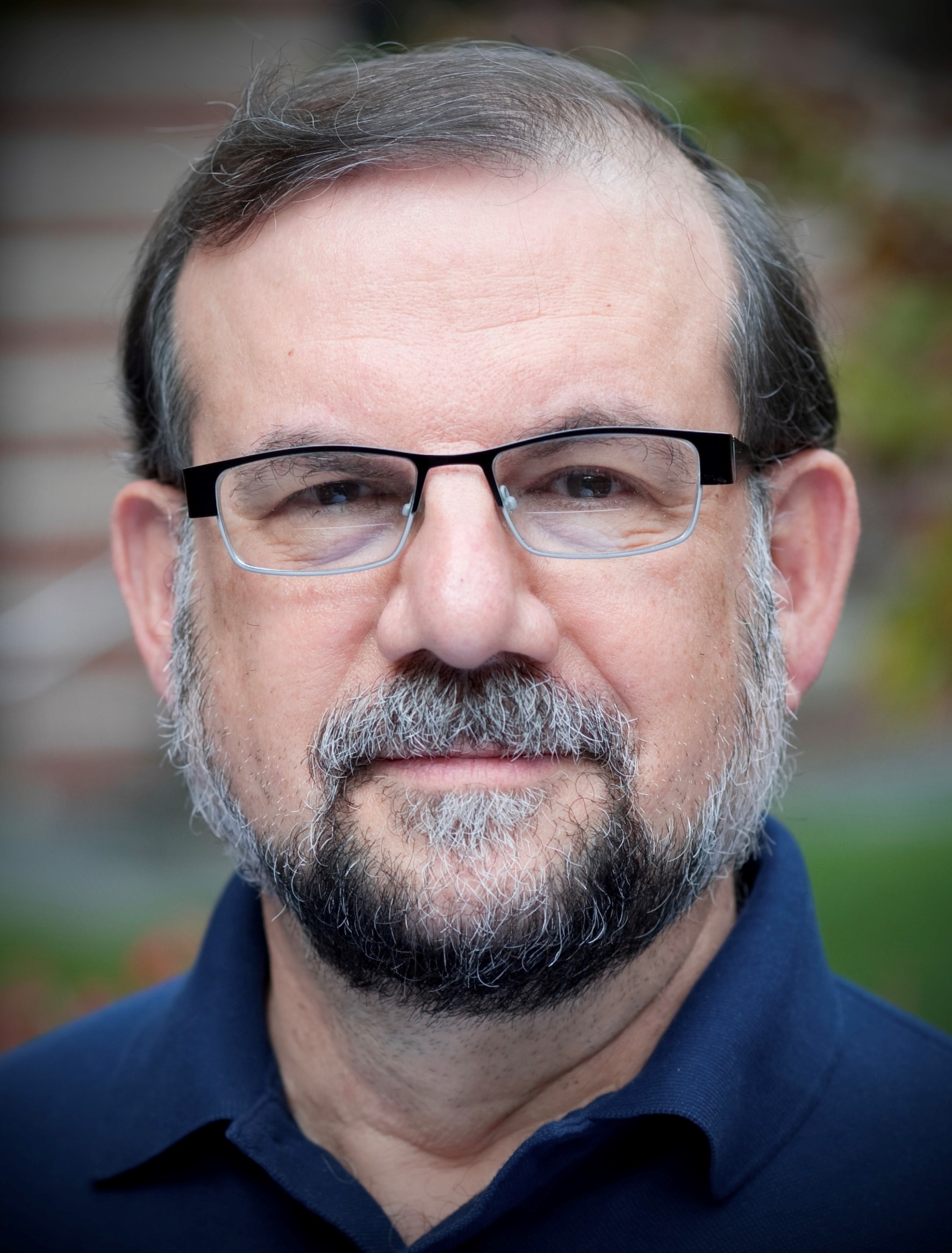Yom Yerushalayim—Inhabiting the Land

Behar Behukkotai | Yom Yerushalayim
By :
Burton L. Visotzky Nathan and Janet Appleman Professor of Midrash and Interreligious Studies Emeritus
Posted On May 1, 2013 / 5773 | Torah Commentary | Israel




This time of the year every day of the calendar counts. We are in that period between Passover and Shavu’ot when we perform the biblical commandment of counting the Omer—a measure of barley that was offered as a sacrifice when the Jerusalem Temple still stood. On Sunday of this past week, we counted the 33rd day—called in Hebrew, Lag Ba’omer—a day that welcomes springtime with outdoor activities such as hiking and sports. One of the oddities of the Jewish calendar is that our Torah reading cycle, which distributes the Five Books of Moses serially throughout the calendar year, imagines there are 54 portions. To make up the disparity with the 52 week solar year, every now and again we combine Torah readings. This week, we read the portion called Behar (Lev. 25:1–26:2) with the following portion, Behukkotai (Lev 26:3–27:34), and bring the reading of Leviticus to a close. On Wednesday of next week (the 43rd day of the Omer, May 8), we recall the reunification of Jerusalem in June 1967 by celebrating Yom Yerushalayim (Jerusalem Day).
Our double Torah portion opens with God’s command to Moses to tell the Israelites, “When you come to the land that I am giving you, and you inhabit the land.” No sooner did I read this verse as I prepared to write these words of Torah, than my own counting of the days flashed back 46 years to my first time ever in Israel, when I was a teenager on Camp Ramah Israel Seminar. We arrived in Israel one month after the Six Day War. The Torah says “When you come to the land that I am giving you,” and there I was. I look back now, decades later, and ask myself, “What were my parents thinking allowing me to go to Israel so soon after the end of that war?” Of course, I have sent both of my own children (now adults) on Ramah Israel Seminar. And I have taken them to Israel on a family trip. But still, anyone who was sentient back then remembers the palpable tension in the days leading up to that fateful war.
But we were teenagers, and there we were in those heady, triumphalist days. We had won, and the Land was ours. We ventured into the Golan Heights, and peeked into blood splattered Syrian bunkers. We went south to the Negev, and visited Kibbutz Sde Boker, where former Prime Minister David Ben-Gurion was living in retirement. It was odd for us, in the midst of our hero worship, to learn that the old man thought Israel should give back the West Bank to Jordan. Apparently, he considered it an albatross around the neck of Israeli democracy. How prescient Ben-Gurion turned out to be.
In 1967, all eyes were on reunited Jerusalem. It was nothing then like it is now. We celebrate Yom Yerushalayim, in part, to commemorate that, in 1967, there was a barbed-wire wall dividing the city’s Jewish and Arab sections. The war brought an end to that once and for all, or so we then prayed. The Old City’s Jewish Quarter was virtually rubble, haunted by feral cats, the smell of urine wafting through the air. There was no plaza in front of the Wailing Wall; there, too, it was rubble, trash, and a mixed multitude of humanity: Muslims, Christians, and, once again, Jews.
The Camp Ramah directors had an exquisite sense of timing: we were brought to visit the Western Wall on Tish’ah Be’Av (the ninth day of the Hebrew month of Av), during our tour’s final week in Israel. Normally, Tish’ah Be’Av is a day of mourning and lamentation. We commemorate the destruction of Jerusalem’s First Temple in 586 BCE; and, on the same day, the destruction of Jerusalem’s Second Temple in 70 CE. And there we were in reunited Jerusalem almost 1,900 years later.
It was the most carnivalesque 9th of Av you might imagine. I, a mere teen, saw friends I hadn’t seen in years on that day at the Wall. Everybody, but everybody who could be there was there. Hasidim, Mitnagdim, secularists, kibbutzniks, urban dwellers, army troops, tourists, men, women, all together, pell-mell among the rubble heaped before the Wall. No separation of the sexes, no differentiation between Jews and Gentiles, no security check in place (yet) for those visiting on that day. And everyone, from rabbi to rebellious youth, from scholar to secularist, was quoting a text from the Tosefta.
I had no idea what the Tosefta was. Indeed, I never thought of it again until I came to study for the rabbinate at The Jewish Theological Seminary half a decade later. The Tosefta is an early rabbinic work, edited in the first-half of the 3rd century CE, a companion piece to the essential document of rabbinic Judaism, the Mishnah. Here is the Tosefta we learned on that day:
This coming week marks the 46th anniversary of unfettered Jerusalem. We pray for free access to all her holy sites for all who wish to worship there. Much as we saw on that first Tish’ah Be’Av in 1967, we yearn for a Jerusalem that is truly the City of Nations. Whether it be Jews enjoying Jerusalem or Muslims exulting in Al-Quds or Christians celebrating the Holy City, may all who love her rejoice!
The publication and distribution of the JTS Commentary are made possible by a generous grant from Rita Dee and Harold (z”l) Hassenfeld.